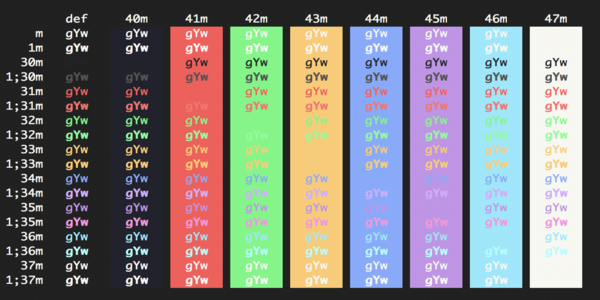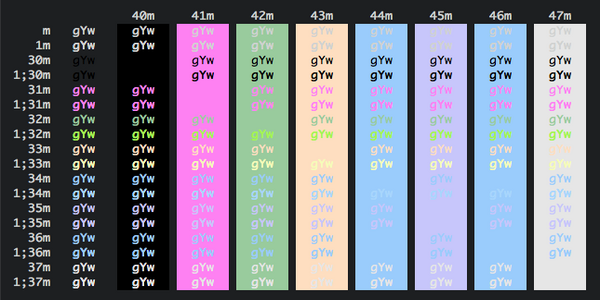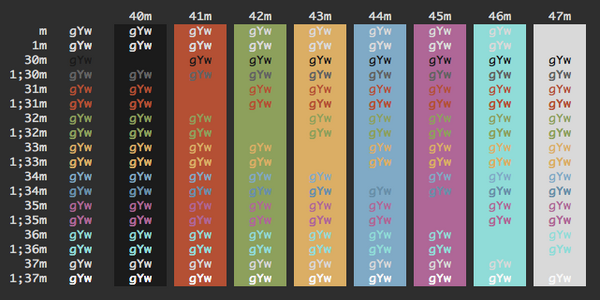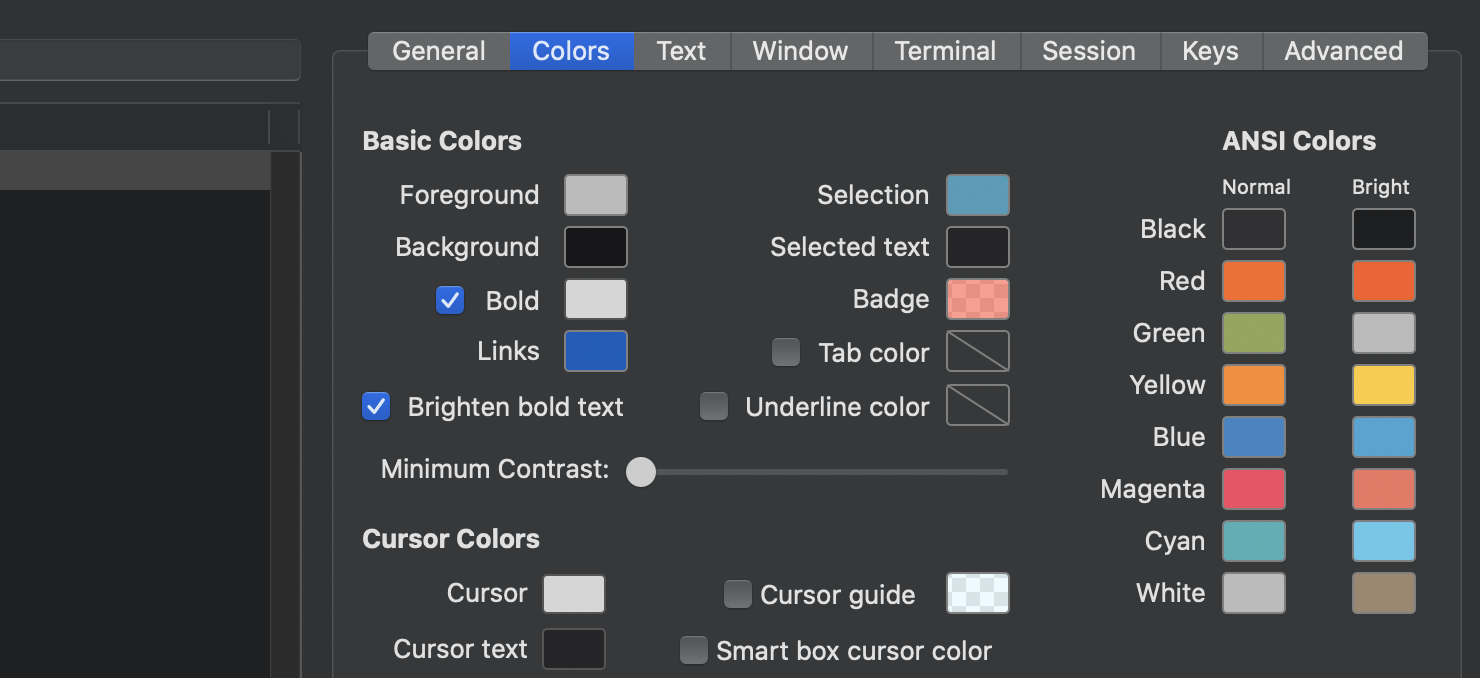

will show nothing if the variable region is None or empty string, otherwise followed by the value of region.# Conditional Format StringsĪ conditional format string wrapped in ( and ) will not render if all variables inside are empty. Also, to get italic text, your terminal must support italics. For example, some terminal emulators will brighten the colors instead of bolding text, and some color themes use the same values for the normal and bright colors. Note that what styling looks like will be controlled by your terminal emulator. 'bold italic fg:purple' sets bold italic purple text.'underline bg:#bf5700' sets underlined text on a burnt orange background.'bold fg:27' sets bold text with ANSI color (opens new window) 27.'bg:blue fg:bright-green' sets bright green text on a blue background.'fg:green bg:blue' sets green text on a blue background.
#Change iterm color full#
For details on the full syntax, consult the advanced config guide.

Here are some examples of style strings along with what they do. This is done with an entry (usually called style) which is a string specifying the configuration. Most modules in starship allow you to configure their display styles.

This can be used to style the first part. In the second part, which is enclosed in a (), is a style string. You can add texts, variables, or even nested text groups in it. The first part, which is enclosed in a, is a format string.

via in "nodejs") and an empty space as a suffix. For example, the "version" variable in the "nodejs" module contains the current version of Node.js.īy convention, most modules have a prefix of default terminal color (e.g. Variable: Smaller sub-components that contain information provided by the module. For example, the "nodejs" module shows the version of Node.js that is currently installed on your computer, if your current directory is a Node.js project. Module: A component in the prompt giving information based on contextual information from your OS. setenv ( 'STARSHIP_CACHE', 'C:\\Users\\user\\AppData\\Local\\Temp' ) # Terminology The "Tango Light" scheme is included as a default option, but you can create your own scheme from scratch or by copying an existing scheme.Ĭolor schemes can be defined in the schemes array of your settings.json file.Os. Open a Command Prompt tab if you haven't already, and you'll immediately see that the colors have changed.
#Change iterm color update#
Once you save this file, Windows Terminal will update any open window. Notice the extra comma in the hidden line. Look down the JSON file until you find the section that includes: "commandline": "cmd.exe",Ĭhange it to read: "commandline": "cmd.exe", To demonstrate, let's change the color scheme for the Command Prompt profile. This file is where you can define various options per window or per profile. Select Settings, and the settings.json file will open in your default text editor. This will open a pull-down menu that lists the available profiles on your system (for example, Windows PowerShell and Command Prompt) and some other options. Launch Windows Terminal and then select the small downward-facing arrow in the title bar. To change schemes, you'll need to edit the settings.json file in an editor such as Visual Studio Code. Windows Terminal lets you define your own color schemes, either by using the built-in preset schemes, or by creating your own scheme from scratch.


 0 kommentar(er)
0 kommentar(er)
